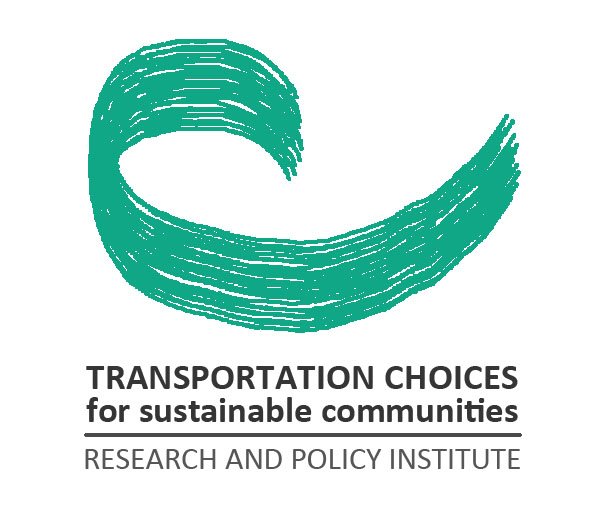49ers Levi’s Stadium – whose fault is the transit nightmare?
February 13, 2017, Posted in Blog
How Should We Plan for Public Transit to Sports Stadia (and Other Major Regional Attractors)?
In the wake of this year’s Super Bowl, the ITE Journal has just published our article reviewing the transportation planning for the site of last year’s Super Bowl; the San Francisco 49ers new stadium. After playing for over 60 years in one of the most transit-oriented cities in the US, in 2014 the 49ers moved to a $1 billion-dollar facility 40 miles south in the highly congested and auto-oriented Silicon Valley. See article at: HowShouldPublicTransitBe EvaluatedFeb2017
The transportation planning for the new stadium was done primarily via an Environmental Impact Report (EIR) that used automobile level of service (LOS) as its only transportation performance metric. The EIR referred to a separate transportation management plan for the transit analysis, but neither addressed, for example, the needed capital and operational improvements for the light rail system to accommodate the forecasted demand nor the responsibility for paying these costs.
Two years after its opening, there is some good news for transit: ridership is roughly double what was predicted. On the other hand, up to 10,000 people wait after games for light rail trains that hold 300. Moreover, the Santa Clara Valley Transportation Authority (VTA), the main transit provider, is recovering only about a third of the cost of supplemental services to serve stadium events, despite the stadium being considered a “financial success” and parking fees beginning at $40 per car.
Major regional facilities such as this 80,000-seat stadium not only generate an enormous amount of travel, they influence a region’s form, development and transportation systems for decades. What do transportation professionals need to do improve the scope and quality of analysis and recommendations to better plan for such regional attractors? The article provides some answers, but we would be interested in hearing more ideas for improving future analyses and learning about other cases, especially ones where the planning was more proactive and the results more positive.

